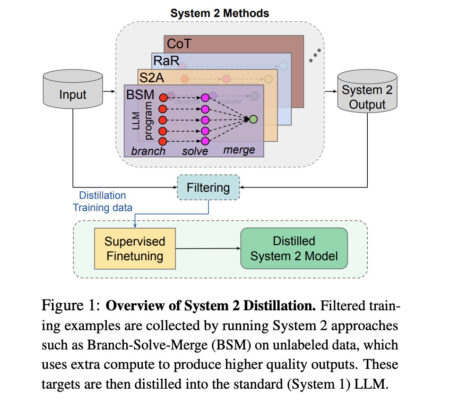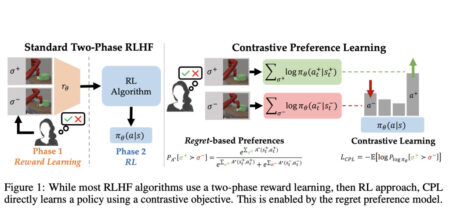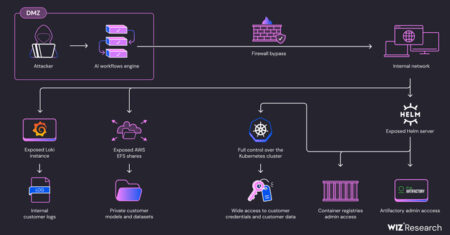Large language models (LLMs) are used in various applications, such as machine translation, summarization, and content creation. However, a significant…
Development
Large Language Models (LLMs) can improve their final answers by dedicating additional computer power to intermediate thought generation during inference.…
The landscape of artificial intelligence has seen significant advancements with the introduction of state-of-the-art language models. Among the leading models…
Aligning models with human preferences poses significant challenges in AI research, particularly in high-dimensional and sequential decision-making tasks. Traditional Reinforcement…
Generative Artificial Intelligence (GenAI), particularly large language models (LLMs) like ChatGPT, has revolutionized the field of natural language processing (NLP).…
I am trying to test a standalone application on the Citrix platform using JMeter. I have installed the Citrix receiver as well as the JMeter ICA plugin for the same. But I am not able to launch the Citrix web form through JMeter.
I tried recording the events using Badboy, but the script is erroring out when trying to export to JMeter as it fails to recognize ‘Click’ and ‘Execute’ requests captured in the Badboy script.
Any help on this would be highly appreciated.
While opening JMeter 5.1v in log I came across an issue
i.e WARN o.j.r.Plugin: Unable to load class:
com.atlantbh.jmeter.plugins.oauth.OAuthSampler
java.lang.NoClassDefFoundError:
org/apache/jmeter/protocol/http/sampler/HTTPSampler2 I had added oAuth
sampler plugins in lib/ext also
please suggest me to overcome this issue
I have application which has extension as .msc, I tried it with python
I also ran winappdriver before executing this script. I have seen demo codes on some blogs which uses .exe file extension for the app like calculator or notepad, but nothing around .msc. And similar question around this same problem is unanswered here https://stackoverflow.com/questions/67823892/appium-winappdriver-unable-to-automate-jnlp-applications-the-specified-exec
Like
import time
from appium import webdriver
desired_caps = {}
desired_caps[“app”] = “C:\Desktopvit extendedvit.msc”
desired_caps[“platformName”] = “Windows”
driver = webdriver.Remote(“http://127.0.0.1:4723”, desired_caps)
time.sleep(4)
Earlier I was getting below error but got rid of this when I added additional capabilities as appWorkingDir and deviceName-
Failed to locate opened application window with appId “xxx” and process “xxx”
but now stumbled upon getting this error –
The specified Executable is not a valid application for this OS Platform
A fresh compilation of the most impressive and innovative website designs from recent weeks. Source: Read MoreÂ
Electronic signature plugin for Vue.js 3 Continue reading on Vue.js Feed » Source: Read More
Your humble phone number is more valuable than you may think. Here’s how it could fall into the wrong hands…
A group of hacktivists claims to have breached the IT systems of Disney, and stolen a gigantic 1.1 terabytes worth…
These five formidable bits of kit that can assist cyber-defenders in spotting chinks in corporate armors and help hobbyist hackers…
A new strain of the HardBit ransomware has emerged in the wild, which contains a protection mechanism in an attempt…
In episode seven of The AI Fix, Alexa goes wild, Mark learns how to hang a towel on a Peloton…
Social media fuels conspiracies galore after Donald Trump is shot at a rally, cryptocurrency websites are hijacked after a screw-up…
Meta has suspended the use of generative artificial intelligence (GenAI) in Brazil after the country’s data protection authority issued a…
Unknown threat actors have been observed leveraging open-source tools as part of a suspected cyber espionage campaign targeting global government…
A study of a sophisticated Chinese browser injector that leaves more doors open! Source: Read More
Cybersecurity researchers have uncovered security shortcomings in SAP AI Core cloud-based platform for creating and deploying predictive artificial intelligence (AI)…








